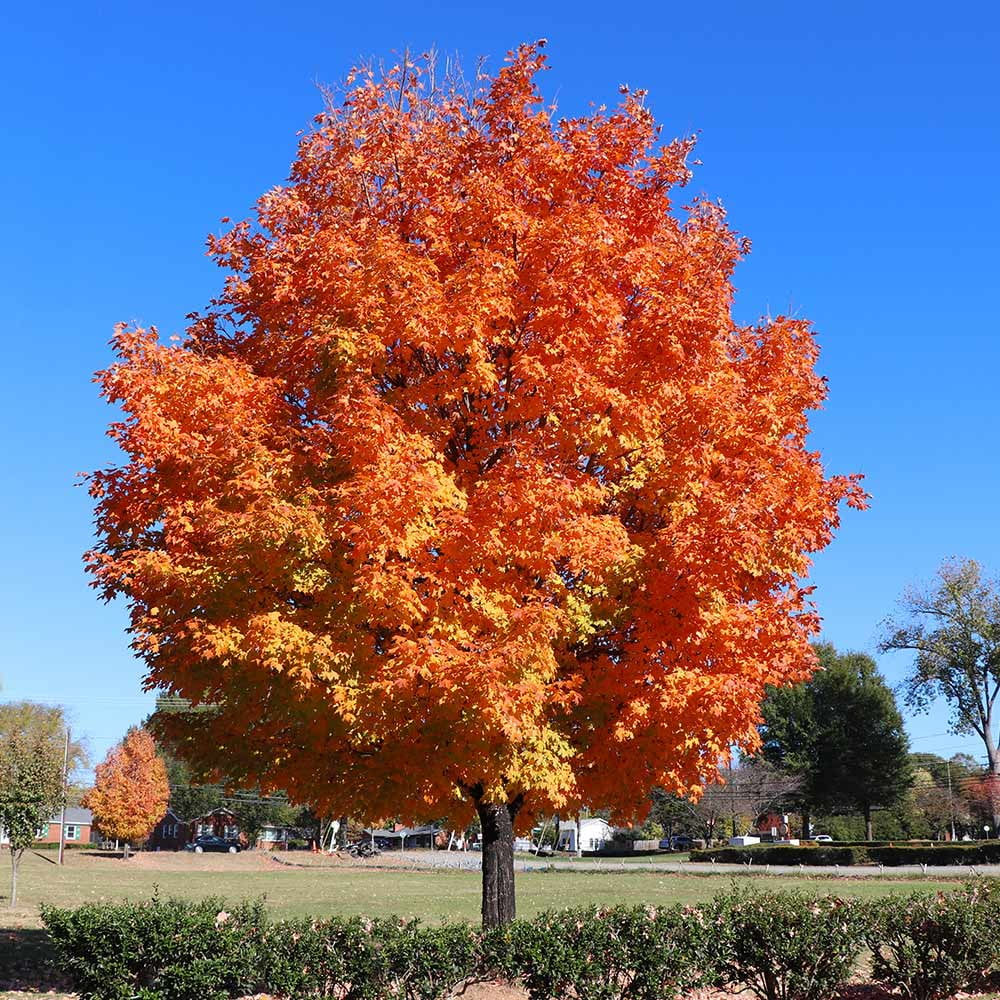Nurturing Nature's Transition
As the vibrant colors of summer give way to the warm hues of autumn, it's essential to recognize the significance of caring for trees during this transitional season. Trees, those silent guardians of our environment, play a crucial role in maintaining ecological balance, purifying the air, and enhancing the beauty of our surroundings. The fall season brings unique challenges and opportunities for tree care, making it a pivotal time for arborists and homeowners to ensure the health and vitality of these majestic giants. From using fertilizer to incorporating mulch and adjusting irrigation practices, the care provided during autumn can significantly impact the well-being of trees and the ecosystems they support.
Importance of Autumn Tree Care:
Autumn heralds changes that influence trees' growth and vitality. The gradual decrease in daylight triggers physiological changes in trees, including the cessation of development, the breakdown of chlorophyll, and the redirection of resources from leaves to roots. These processes prepare trees for the harsh conditions of winter and the eventual renewal of spring. However, this transition also stresses trees, making them susceptible to diseases, pests, and environmental factors. Caring for trees in the fall is crucial to fortify them against these challenges, ensuring their survival and ability to thrive in the following seasons.
Using Fertilizer:
Fertilization is a cornerstone of fall tree care, providing trees with essential nutrients that bolster their resilience. While trees naturally withdraw nutrients from their leaves before shedding them, supplementing with appropriate fertilizer can help replenish their nutrient reserves. Nitrogen, phosphorus, and potassium are primary elements that support growth, root development, and overall health. Slow-release fertilizers are particularly advantageous, providing a sustained nutrient supply without causing rapid growth that might be vulnerable to winter damage. Applying fertilizer in the fall allows trees to absorb nutrients before the ground freezes, aiding in root development and nutrient storage.
Incorporating Mulch:
Mulching is a practice that often takes center stage in autumn tree care, serving multiple purposes that benefit both trees and their surrounding ecosystems. Adding organic mulch, like wood chips or shredded leaves, helps insulate the soil, regulating temperature fluctuations that can damage roots. It also conserves soil moisture, a vital factor during the dry, windy autumn months. Additionally, mulch suppresses weed growth, preventing competition for nutrients and water. When applying mulch, creating a well-defined circle around the tree's base is essential, avoiding piling it against the trunk, which could lead to moisture retention and fungal issues.
Slowing Down Irrigation:
As the days shorten and temperatures cool, trees' water requirements decrease. Properly adjusting irrigation practices is an integral part of autumn tree care. Overwatering during fall can lead to root rot and other moisture-related diseases, as the reduced transpiration rates make trees less capable of absorbing excess water. Gradually decreasing the frequency and duration of irrigation as the season progresses allows trees to adapt to changing conditions. Monitoring soil moisture levels and considering local climate factors are essential when determining the appropriate watering schedule. A well-hydrated tree is better equipped to face the challenges of winter and re-emerge in spring with vitality.
Caring for trees during autumn is a responsibility that echoes beyond the individual tree, contributing to the ecosystem's health. By using fertilizer to replenish nutrient reserves, incorporating mulch for insulation and moisture conservation, and adjusting irrigation practices to suit changing needs, arborists, and homeowners can provide the support trees need to thrive in the face of the upcoming winter months. Recognizing the importance of fall tree care is a testament to our commitment to preserving nature and a way to honor trees' invaluable contributions to our environment and quality of life. As we revel in the beauty of autumn, let us also be diligent stewards of these silent giants, ensuring they continue to grace our landscapes for generations to come.
Read more

Beyond their aesthetic appeal, these shrubs contribute to soil stability by preventing erosion and enriching soil health. They also play a vital role in purifying the air, making it healthier for a...

These trees contribute to the visual appeal of outdoor spaces while also providing ecological benefits and seasonal interest. Whether it's the Cistena Plum Tree's vibrant foliage, the Okame Cherry ...




